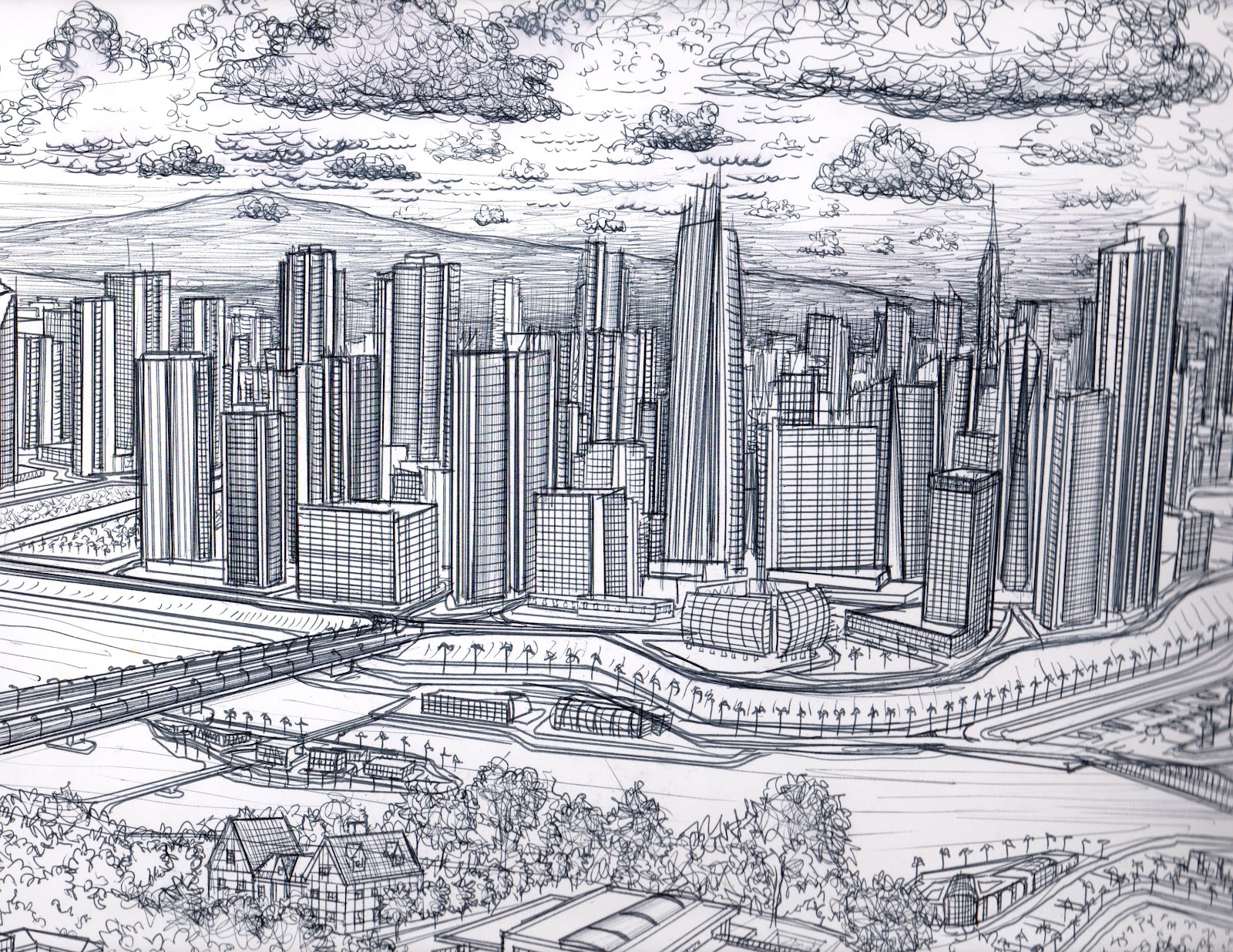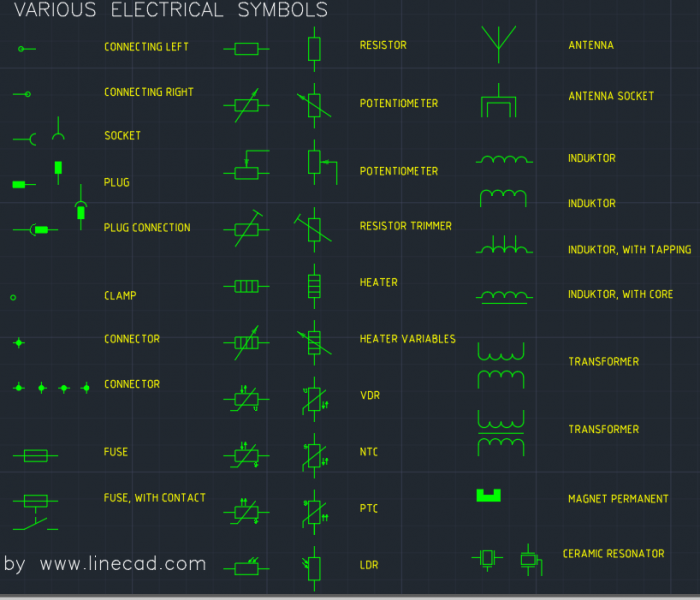How to draw city buildings new york city shadows
Table of Contents
Table of Contents
If you are an artist or an aspiring artist, you know how intriguing it can be to draw city buildings. The secret is to create a realistic urban landscape that communicates a sense of density and complexity. In this article, we will explore how to draw city buildings with ease and joy.
Pain Points of Drawing City Buildings
Drawing city buildings can be a daunting task for many artists. The primary pain point experienced by artists is usually the technical aspect of creating the buildings’ details perfectly. Many artists find it challenging to manage the shapes and proportions of buildings, especially when trying to draw vast and detailed urban landscapes. However, there’s always a solution to every problem, and we’ll explore how to conquer these pain points. ### How to Draw City Buildings
The first step in drawing city buildings is to identify the shapes and perspective of the cityscape. Grab some reference photos and take note of the angles, lines, and proportions of the buildings. Once you have your reference image(s), sketch down the guidelines, and etch the definitive features of the buildings. Creating a sense of depth by adding shadows and contours will make your cityscape look more realistic. #### Summary of Main Points
In summary, to draw city buildings seamlessly, you need to have a reference image, capture the perspective and shapes of buildings, sketch guidelines, etch the definitive features and add shadows. The Target of Drawing City Buildings
Drawing city buildings isn’t rocket science. However, it requires some patience and attention to detail. To understand techniques used in drawing cityscapes, it’s vital to learn from the experiences of expert artists. Over time, this skill will mature, and you will eventually include various sights, sounds, and colors that create the perfect urban landscape. When I first started to draw city buildings, it took me significant discipline and patience to grasp the necessary skill. However, once you find your groove, drawing city buildings can be easy and enjoyable. Whenever I sketch the skyline, I usually start with the rough outlines of the buildings and apply shading and textures later on. Also, I like to experiment with playing around with color schemes to create a distinct and visually-attractive urban landscape.
Technical Aspects of Drawing City Buildings
It’s essential to master the technical aspects of drawing city buildings. The following helpful tips will streamline the process and make it more enjoyable. Firstly, use a ruler when sketching the buildings to ensure that you have proper lines and angles. Secondly, apply the right amount of pressure when drawing to create a sense of depth and tones. Use a variety of pencils to ensure that you capture the shadows and contours precisely. And finally, don’t be afraid to experiment with textures and colors to create that perfect urban landscape.
Effects of Light and Shadow
When drawing city buildings, it’s imperative to pay attention to the light and shadows that affect the overall structure of the building. This includes the sun’s direction, which can either create an illusion of structure or antithesis. Additionally, adjusting the direction and intensity of light and shadow can make a significant impact on the final sketch. #### Importance of Scale in Cityscapes
It’s crucial to pay attention to the scale of the buildings when sketching cityscapes. This is because it gives the viewer a sense of proportion and relationship between the streets, buildings, and skyline. Use smaller sizes to depict buildings that are further from the viewer and vice versa. Question and Answer About Drawing City Buildings
Question 1: What materials do you need to draw city buildings?
Answer: You’ll need a sketch pad, pencils of various hardness, a ruler, an eraser, and some inspiration.
Question 2: What tips can you give me to make drawing city buildings feel easier?
Answer: Use a reference image and start with the structural guidelines first. Experiment with different textures to find the best representation of your desired outcome.
Question 3: Why should you play around with shadows and light when drawing city buildings?
Answer: They give depth and life to your urban landscape, creating an illusion of space and structure.
Question 4: How can I make my cityscape look more realistic?
Answer: Always start with the structural guidelines first, capture the details of the buildings, and add a sense of depth and life to the urban landscape by capturing the right light and shadows.
Conclusion of Drawing City Buildings
Drawing city buildings might seem like a challenging task to take on as an artist. However, it’s an incredibly rewarding skill to have in your toolkit. With practice and attention to detail, you can produce urban landscapes that showcase the beauty and complexity of modern cities. Gallery
How To Draw City Buildings: New York City Shadows - YouTube

Photo Credit by: bing.com / shadows
How To Draw A Cityscape In 1 Point Perspective

Photo Credit by: bing.com /
Pin On Art

Photo Credit by: bing.com / tonal
Simple City Drawing At GetDrawings | Free Download

Photo Credit by: bing.com / drawing easy landscape city simple beginners drawings getdrawings paintingvalley
How To Draw A City In 3D: Planometric Drawing - YouTube

Photo Credit by: bing.com / drawing city draw 3d perspective drawings point simple shapes cityscape cool future





